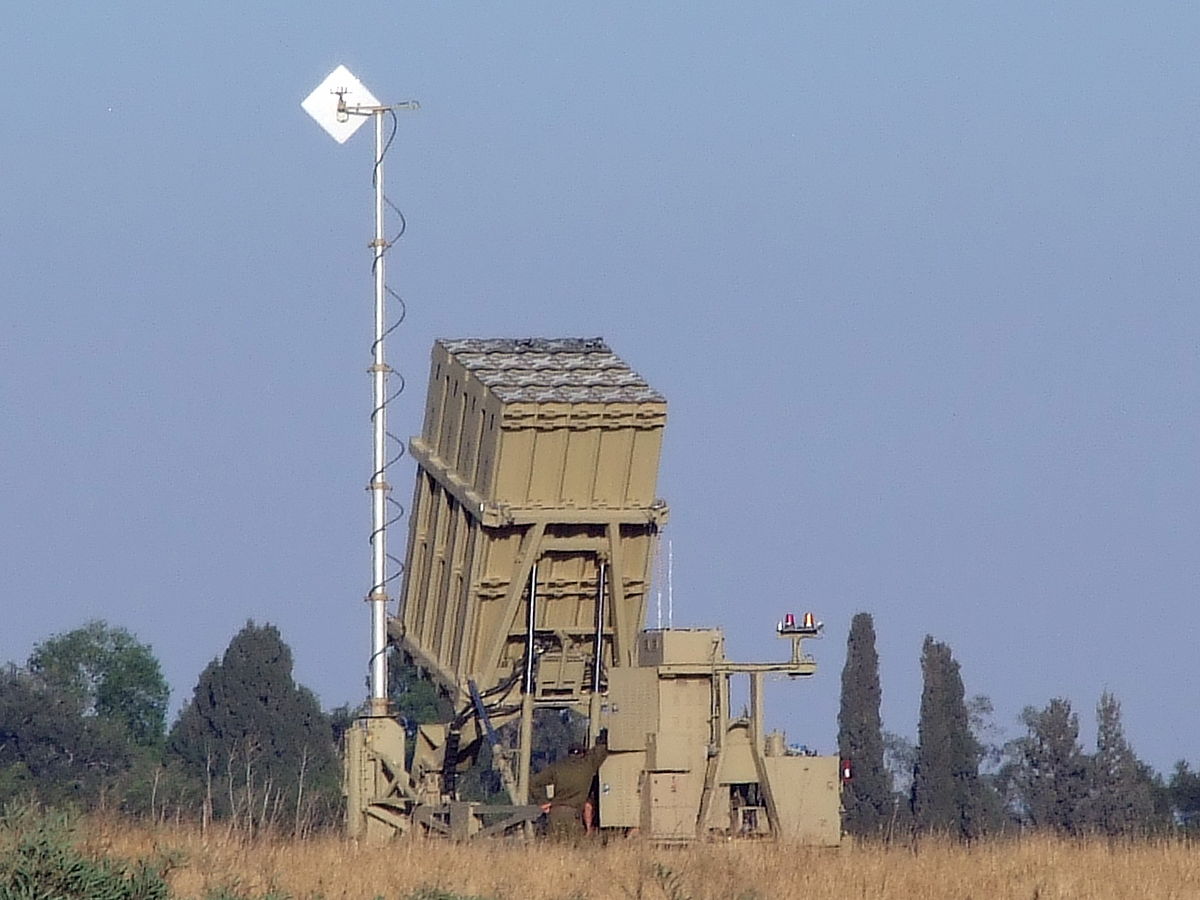Middle East Geopolitics III: Understanding more than states

An example of an Israeli air defense system known as "Iron Dome."
Jonah Carlson - Earlier this month, clashing militias on the border of Israel and Lebanon, along with renewed violence in the West Bank and Gaza Strip further south, brought the long-term conflict in the Levant region back into the news. This conflict involves both state and non-state actors. Patrick Kingsley and Isabel Kershner explore the ramifications of the events and provide some context to understanding the multi-sided conflict in an article in The New York Times.
To begin to understand conflict in the Levant, one must understand what state and non-state actors are. States are political entities that claim jurisdiction over a certain territory, a place defined by borders. One can see “Israel” as the territory claimed to be under the jurisdiction of the Israeli government. However, the extent of Israel’s territory – and whether one considers the Israeli government’s jurisdiction over that territory valid – is a controversial topic that has long influenced Middle Eastern politics. Other groups in the region aim to influence the contested territory. While some of these groups are other states, like Lebanon or Syria, others are “non-state actors,” groups that do not meet the criteria of states or remain unrecognized as such. One such group is Hamas, which the authors note as the “dominant Palestinian militia in Gaza” with influence in the West Bank as well. Another group mentioned is Hezbollah, a militia group based in Lebanon. While neither of these groups have governments or territory recognized by the international community, they have political ambitions that frequent clash with Israel’s in armed fashion. Conflict between these groups and Israel extends back to the 1980s and continues to significantly affect Israel’s relationship with its neighbors. The sum of these interactions between state and non-state actors in the Levant complicates questions of territory, sovereignty, and governance in the region.
While state and non-state actors give us a framework to understand which actors are confronting one another, a more nuanced perspective is required to approach why they are confronting one another. Nationalism is crucial to understanding the relationship between Israel and Palestine, as the question of establishment a Palestinian state has long defined Israel’s international politics, its turbulent position among its neighbors, and its relationship with great power actors. Current and future leaders in the region will have to rectify the interests of a variety of local actors’ interests to pursue lasting peace.
Photo source. NatanFlayer, CC BY-SA 3.0, via Wikimedia Commons.

